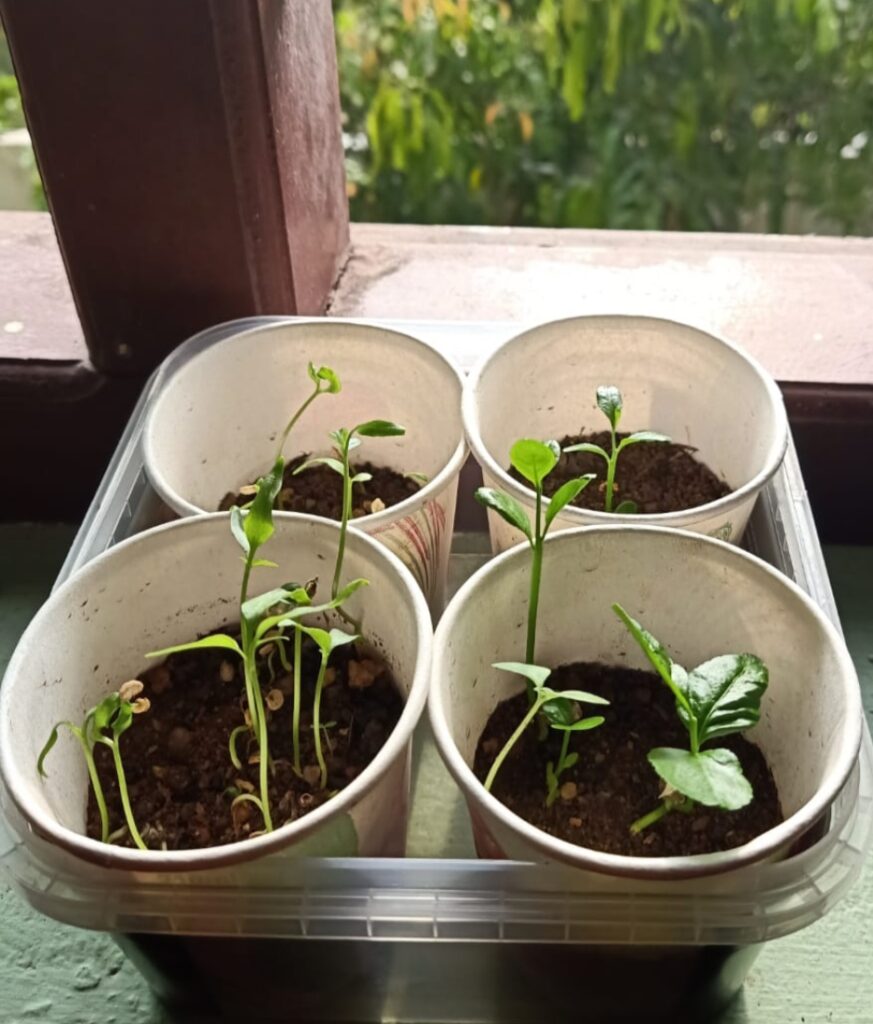Negativity is an inevitable part of life, but how we respond to it can profoundly impact our well-being. In this article, we’ll explore effective strategies to transform negativity into resilience and positivity. Additionally, we’ll delve into practical ways to handle negative people, fostering a mindset that empowers and uplifts
Acknowledge and Redirect:
The first step in transforming negativity is acknowledging its presence. Rather than letting it dictate your mood, redirect your focus towards positive aspects. Transitioning from a problem-oriented mindset to a solution-driven approach sets the stage for resilience.
Cultivate a Positive Mindset:
Cultivating a positive mindset involves consciously choosing to see challenges as opportunities for growth. Embrace the power of positive thinking and view setbacks as stepping stones toward a more resilient version of yourself.
Practice Gratitude Daily:
Embedding a gratitude practice into your daily routine can be transformative. Reflect on the positive aspects of your life, both big and small. This shift in focus nurtures a positive outlook, acting as a buffer against the impact of negativity.
Embrace the Learning Curve:
Negativity often accompanies challenges and failures. Rather than viewing these moments as setbacks, see them as opportunities to learn and grow. Embracing the learning curve fosters resilience and propels you forward with newfound strength.
Handling Negative People:
Establish Boundaries:
Dealing with negative individuals may require establishing clear boundaries. Communicate assertively about what behaviors are unacceptable and enforce these boundaries consistently. This empowers you to protect your own well-being.
Practice Active Listening:
When faced with negativity from others, practice active listening. Seek to understand their perspective without necessarily agreeing. Often, individuals simply need to feel heard, and your empathetic approach can defuse tension.
Respond, Don’t React:
Instead of reacting impulsively to negative comments or behaviours, take a moment to compose a thoughtful response. Responding calmly and constructively demonstrates resilience and can influence a more positive exchange.
Encourage Positivity:
Gently encourage positive conversations and solutions. Redirect discussions toward constructive topics, fostering an environment where negativity is less likely to thrive. Positivity can be contagious, influencing those around you.
Conclusion:
Transforming negativity into resilience and positivity is a continual process that involves cultivating a positive mindset, practicing gratitude, and embracing challenges as opportunities for growth. When dealing with negative people, setting boundaries, practicing active listening, and encouraging positivity contribute to creating a more uplifting and empowering environment. By integrating these strategies into our daily lives, we can navigate the complexities of negativity with grace and emerge stronger on the other side.
Readers are encouraged to go through “Types of Thinking” for further insights.
